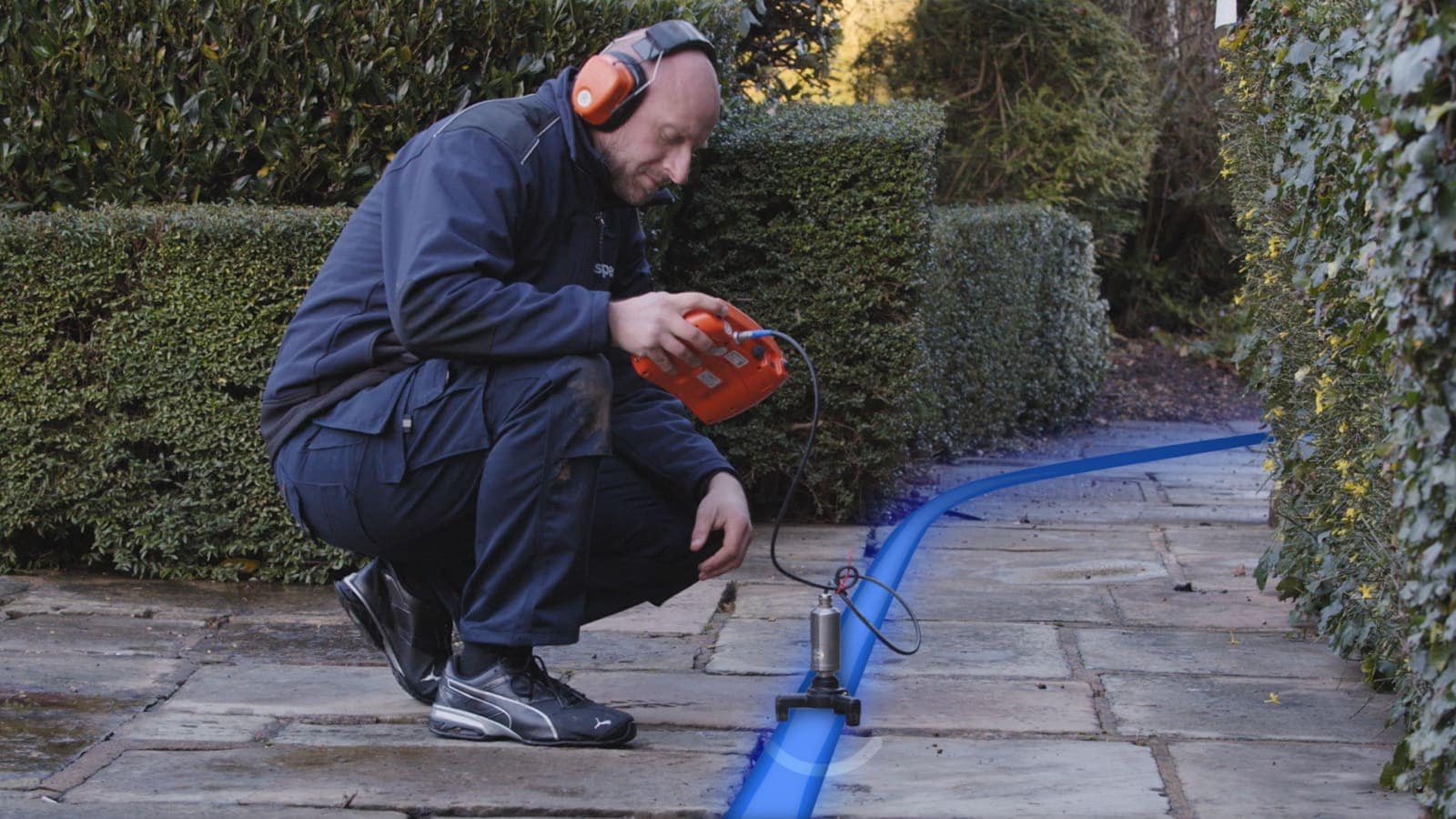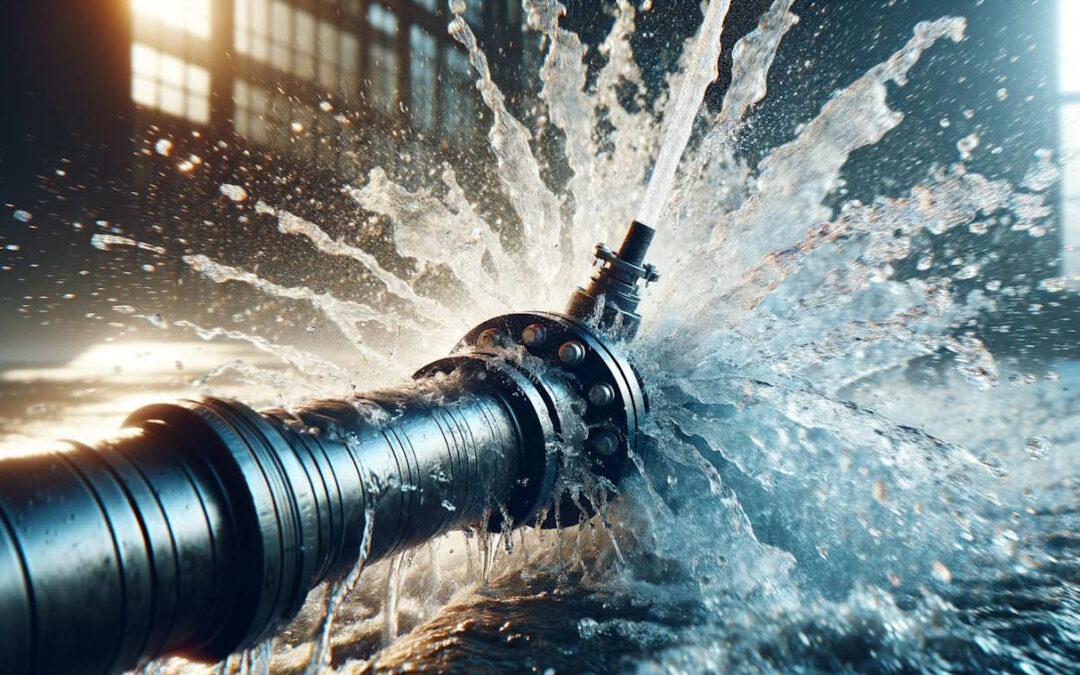Cutting-edge Solutions for Very Early Detection of Water Leaks in Structures and Facilities
As the integrity of structures and infrastructure is vital, the challenge of very early detection of water leakages has spurred ingenious solutions that assure to transform the means we protect versus potential damages. From cutting-edge leak discovery technologies to the deployment of IoT sensing units for real-time monitoring, the landscape of leak avoidance is evolving quickly. Equipment learning formulas use a glance into the future of leak forecast, while thermal imaging offers a non-intrusive method for identifying concealed leakages. Automated water flow analysis systems are improving how leakages are recognized and dealt with, leading the means for a proactive method to water leakage discovery. Each of these remedies holds the key to guaranteeing the reliability and longevity of our built atmosphere, prompting a change in the direction of an extra lasting and effective future.
Advanced Leakage Detection Technologies
Advanced leakage detection innovations, geared up with innovative sensing units and algorithms, play a critical duty in swiftly identifying and determining water leakages in various setups. These innovations use a mix of acoustic, thermal, and electro-magnetic picking up techniques to identify leaks properly. Acoustic sensing units find the sound of leaving water, enabling precise localization of the leak resource. Thermal imaging identifies temperature level modifications triggered by water leak, supplying another reliable technique for leak recognition. Electro-magnetic sensors can recognize modifications in magnetic fields brought on by water, providing yet another layer of leakage detection capacity.

IoT Sensors for Real-Time Surveillance
In the realm of contemporary water leakage discovery, the combination of IoT sensors for real-time tracking stands for a crucial innovation in boosting proactive leak detection abilities. These sensing units supply continual monitoring of water systems, supplying real-time information on water circulation prices, stress variants, and temperature level adjustments. By leveraging IoT modern technology, these sensing units can detect even the smallest anomalies in water use patterns, making it possible for very early recognition of potential leaks prior to they escalate right into significant concerns.
IoT sensing units transmit information to a central platform, where sophisticated algorithms evaluate the information and generate alerts or notifications when abnormalities are detected. This real-time surveillance capacity enables residential or commercial property owners or center supervisors to quickly address leaks, minimizing water damages, minimizing repair service costs, and conserving water sources.
Moreover, IoT sensors can be integrated with structure administration systems, enabling for automated feedbacks to identified leakages, such as shutting off water shutoffs or triggering pumps to mitigate the influence of leakages. Overall, the execution of IoT sensing units for real-time monitoring significantly improves the efficiency and performance of water leak discovery in buildings and framework.
Maker Knowing Algorithms for Leakage Forecast

One key benefit of utilizing artificial intelligence for leakage prediction is its ability to continually discover and improve its precision in time. As even more data is accumulated and fed into the formula, it can fine-tune its predictions and adjust to changing problems, ultimately raising the dependability of leakage discovery systems.
Furthermore, artificial intelligence algorithms can aid in identifying refined indications of leakages that might go undetected by typical tracking approaches. water leak detection. By examining complex data collections in real-time, these algorithms can give early cautions and alerts, enabling for punctual intervention and precautionary upkeep to reduce potential water damages and connected prices
Utilizing Thermal Imaging for Leak Discovery
Thermal imaging technology provides an encouraging approach for detecting water leakages in numerous systems and infrastructures. By using infrared radiation and temperature level variances, thermal imaging video cameras can determine surprise leakages that are not easily visible to the naked eye. When water runs away from pipelines or structures, it typically transforms the temperature level of the bordering location, producing temperature level differentials that thermal electronic cameras can record. These temperature irregularities are then translated into visible pictures, highlighting the specific area of the leakage.
Among the crucial benefits of thermal imaging for leak detection is its non-intrusive nature. Unlike conventional methods that may require burglarizing wall surfaces or floorings to find leaks, thermal imaging enables non-destructive testing. This not only saves time and minimizes prices yet likewise lessens disturbance to the building or facilities being analyzed. Additionally, thermal imaging can promptly check huge areas, providing a comprehensive summary of potential leak resources in a prompt way. In general, using thermal view imaging modern technology boosts the effectiveness and accuracy of water leakage detection, making it a valuable device for preserving the integrity of structures and facilities.
Automated Water Circulation Analysis Equipments
Exactly how can computerized water flow evaluation systems revolutionize the discovery and management of leakages in numerous systems and facilities? Automated water web link circulation analysis systems supply a proactive strategy to leakage detection by constantly checking water flow prices and patterns. By developing baseline information, these systems can promptly determine discrepancies that may suggest a leakage, enabling timely treatment to prevent considerable damage.
These systems use innovative algorithms to evaluate real-time information and offer instant signals when abnormalities are discovered, permitting speedy action to be taken. Additionally, automatic water circulation evaluation systems can be incorporated with building administration systems or IoT platforms, boosting overall effectiveness and making it possible for remote monitoring capabilities.
Furthermore, the information accumulated by these systems can be made use of for anticipating upkeep objectives, aiding to recognize prospective weak factors in the facilities before leaks take place. On the whole, the application of automatic water flow analysis systems can considerably improve leakage discovery and administration practices, ultimately causing cost savings, lowered water wastefulness, and boosted sustainability in buildings and infrastructure.

Final Thought
Finally, the combination of sophisticated leakage discovery technologies, IoT sensing units, machine knowing algorithms, thermal imaging, and automatic water flow analysis systems provides innovative services for early detection of water leaks in structures and framework. These modern technologies allow real-time monitoring, prediction of leaks, and effective detection approaches to stop water damage and waste. Executing these services can assist in preserving the stability and sustainability of water systems in various setups.